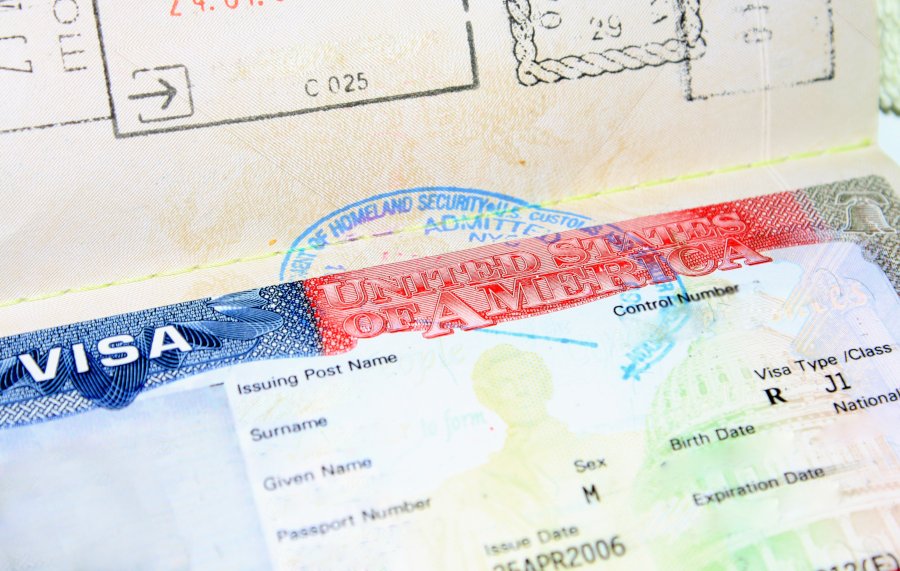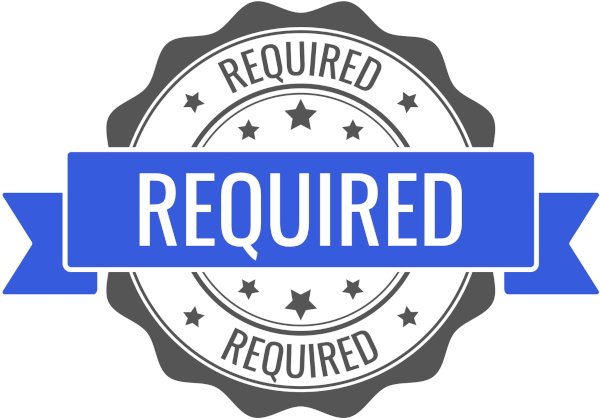
What is a J1 Visa?
This article provides a general overview of the J1 visa, including how to obtain the visa and an outline of the application process. Also included are brief descriptions of the most popular program categories and information on both studying and working in the US on the J visa.
A J1 visa is a nonimmigrant visa issued to individuals who would like to visit the US as part of a work and travel program, or as a short-term (non-degree seeking) international student or scholar. There are many different categories available, and the J1 visa program is one of the most unique, sometimes allowing individuals to both study and work at the same time.
The J1 Visa Program
The J1 Exchange Visitor Program was created in 1961 to help strengthen international relations with the United States through job training and educational experience. Unique to this program, J1 visitors have the opportunity to visit the US for a short duration to continue their education or receive hands-on training in the professional workplace, and then implement their new skills upon returning to their home country.
All J1 applicants are required to meet strict eligibility criteria, including proficiency in the English language, and be sponsored through a university, private organization, or government program. Depending on the specific type of work or educational program, along with the organization that sponsors the visa, dependents may also be able to travel to the US as well. The dependents of a J1 visa holder (spouses and unmarried children under the age of 21) are issued a J2 visa and are required to follow the same application process as the J1 visa holder.Popular Program Categories for J1 Visa Holders
University Exchange Program
Some colleges and universities in the US have exchange programs with institutions outside of the US, so that they are literally able to “exchange” students between their two campuses. With these programs, students typically continue to pay their tuition to their home institution and then obtain a J1 visa for the semester or year that they’ll be studying in the US.Short-Term Scholar Program
Every year, professors and research scholars teach and conduct research at US colleges and universities for up to 6 months.Au Pair Program
Individuals between the ages of 18 to 26 can come to the US for up to two years, live with a family, study at a US institution, and provide childcare to the family they live with.Internship
University students or recent graduates can also come to the US to learn about US culture and receive hands-on experience in their chosen occupation.Work & Travel Program
Students who are enrolled full-time at a post-secondary school can come to the United States to work and travel during the winter, spring, and summer seasons.Camp Counselor
Individuals 18 years and older can work with American youth at US summer camps as a camp counselor or teacher.High School/Secondary School
High school students can study for a semester or year at an accredited public or private high school and live with an American host family or boarding school.
J1 Visa Qualification Requirements
The eligibility criteria for the J1 visa will vary based on the program category that you choose, as well as the organization that sponsors the visa — please contact the sponsor for full details concerning a particular program. That being said, all participants in the J1 visa program must be proficient in English and carry adequate health insurance. In nearly all cases, J1 visa holders may also be required to schedule an individual interview with the US Embassy or Consulate in their home country before their J1 visa is granted.How Do You Get a J1 Visa?
First you must find a designated sponsor, approved by the US Department of State, and receive acceptance into their program. As mentioned above, there are many different programs that you could be a part of, all issuing a J1 visa and offering hands-on experiences that may be unavailable in your home country.
After you’ve been accepted into the program of your choice you must then submit a “DS-2019 Form,” also known as the “Certificate of Eligibility for Exchange Visitor (J1 Status”. This form will include a short description of the exchange program that you’ve chosen (including the start and end date of your program), an estimated cost of your program and the category of exchange. Be sure to complete this two page form honestly, as it will help you get an interview with the US consulate and ultimately be granted your visa.
Don’t forget to submit additional DS-2019 forms for any dependents who may accompany you to the US.
The next step is to pay what is called a “SEVIS I-901” fee to the Department of Homeland Security as part of your application. Along with a few additional forms, you will also need to submit a valid passport (with validity for at least six months after your intended period of stay in the United States) and a colored photograph of yourself as part of your J1 visa application.
As the final step of the J1 application process, you will most likely be required to interview at a local US embassy or consulate. Generally, applicants 13 and younger, along with adults over 80, don’t require an interview unless specifically requested by the consulate.

Working On a J1 Visa
When you visit the United States on a J1 visa, your ability to work as well as the kind of work you are able to perform will depend on the nature of your program. For individuals on work-based exchange programs, such as au pairs or camp counselors, you will be visiting the United States with the expectation to perform a specific job and will not have the ability to work outside of your program.
Studying On a J1 Visa
There are many opportunities to study in the United States on a J1 visa, based off of the program category that you choose. As you can see from the list above, you could visit the US as a short-term scholar, teacher, trainee, intern, researcher, or even as a college or university student, to name a few of the most popular programs. With this in mind, even if you don’t choose to partake in an educational-based program through a college or university, the J1 program as a whole was designed to help provide hands-on training in a variety of fields. Exchange visitors who are part of work and travel programs or other non-educational routes will still be learning new skills and experiencing a new culture daily – without ever needing to step foot inside of a classroom.Returning Home
Upon the completion of your exchange program, J1 visa holders have a 30 day “grace period” before they are required to leave the United States. Keep in mind that, unless you have a J visa with “multiple entries,” you cannot travel outside of the US during your current exchange program, or after your visa has expired. Unfortunately, if you would like to leave the States at any point during your program and you don’t have a multiple entries visa, you will be required to apply for a brand new J1 visa in your home country in order to continue your program.

Student Secure
The Student Secure offers monthly international student health insurance coverage with monthly payment options, and coverage available up to 4 years for OPT students:
- $200,000 to $5,000,000 max
- As low as $0 deductible
- Doctor visits & hospitalization
- Mental health
- Emergency medical evacuation
- Repatriation of remains
Patriot Exchange
The Patriot Exchange plan is designed specifically for full-time international students, scholars and study abroad students around the world.
- $50,000 to $500,000 max
- As low as $0 deductible
- Doctor visits & hospitalization
- Mental health
- Emergency medical evacuation
- Repatriation of remains

